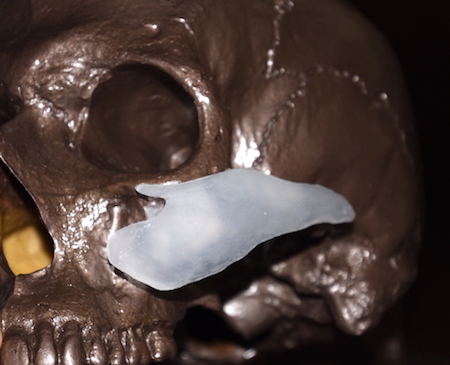Feminine cheeks typically have more fullness in the ‘apple’ cheek area which is on the front part of the cheekbone. (malar-submalar zone) This aesthetic female cheek roundness is historic although more contemporary trends for cheek augmentation are for a line of fullness that extends back along the zygomatic arch as well for more defined and linear cheek highlights. The desired cheek augmentation look will help define the best method to achieve it.
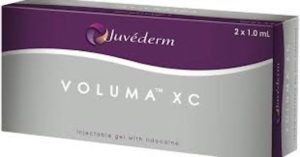
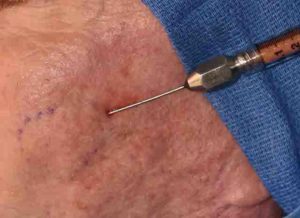
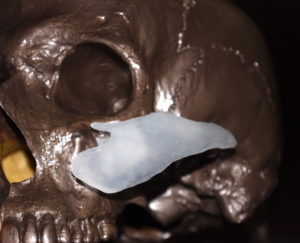
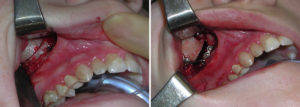

Dr. Barry Eppley
Indianapolis, Indiana

